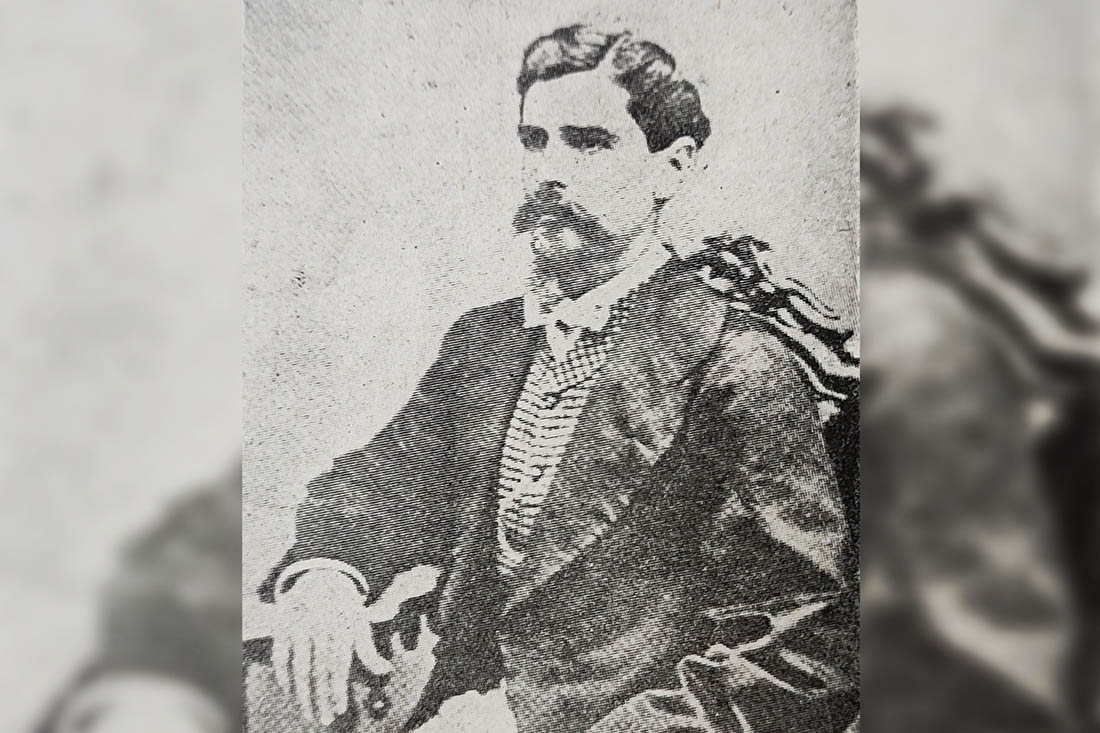Revolutionaries can never trust the enemy. In Camagüey, a handful of revolutionaries had taken a step forward, in November 1868, to support the insurrection that broke out in the West part of the country under the leadership of Carlos Manuel de Céspedes, while the disingenuous attitude of the landowner and inconsistent independence fighter Napoleon Arango and Aguero was already taking shape.
It did not play an important part that his father Manuel de Jesús Arango y Ramírez was a prestigious lawyer and Bolivarian patriot, and that he joined the Sociedad Libertadora de Puerto Príncipe, in 1851. Nor did he meditate on the responsibility contracted or the danger that his brother Augusto would run, committed to the fight, by inciting him to have a meeting with Lieutenant Governor Julián de Mena and both endorse the reform plan issued by Captain General Domingo Dulce. Augusto had to betray the main agreement of the meeting of the Paradero de Las Minas, on November 26th, 1868, and break the trust of Major Ignacio Agramonte.
The price of naivety in the Revolution
Napoleón Arango did not hide his reformist position and reluctant attitude to fight. Finally, he presented himself to the Spanish command until he moved to Havana, a city in which he held positions in the colonialist structure until his death in 1880.
His grim performance had been decisive for his brother to be captured by the volunteers led by Captain Ramón Recio Betancourt and police warden Miguel Ibargaray, on January 26th, 1869, and taken to the Casino Campestre and killed with machetes along with his assistant Juan Betancourt and Naples. Shortly before, Augusto would have shown his captors the specifications of the reform plan. His naivety had played a trick on him.
Translated by: Aileen Álvarez García






